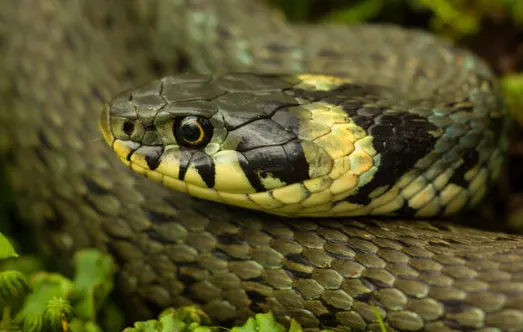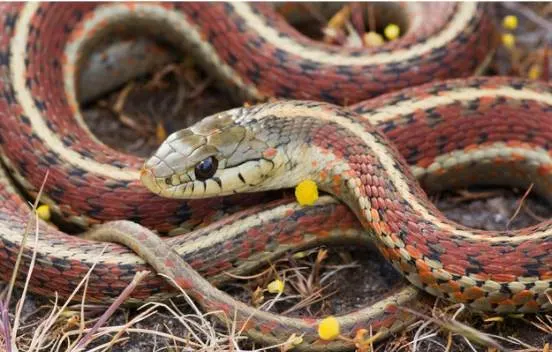Snakes are often met with fear and misunderstanding, but these remarkable creatures are more than just slithering reptiles. From their diverse family tree to their unique adaptations, here are seven cool facts about snakes that might just change your perspective on these fascinating animals.
Table of Contents
1. A Massive Family Tree
Snakes belong to an extensive family of reptiles, boasting an impressive 3,789 species worldwide. They hold the title of the second-largest group of reptiles after lizards, with approximately 140 species calling Australia home.

2. Solar-Powered Survival
Contrary to popular belief, snakes aren’t “cold-blooded”; they’re ectothermic, meaning their body temperature is regulated by external sources. They rely on the sun’s warmth to raise their body temperature, making them essentially “solar-powered” creatures.
3. Egg-Laying Diversity
While it’s true that many reptiles lay eggs, not all snakes follow this pattern. About 70% of snake species lay eggs, but others, particularly those in colder climates, give birth to live young to ensure their offspring’s survival.
4. Blinkless Stare
Ever wondered why snakes seem to have an unnerving gaze? That’s because they lack eyelids. Instead, they have a thin membrane called the ‘brille’ over each eye, allowing them to sleep with their eyes wide open.
5. Tongue-Twisting Smell
Snakes have a unique way of smelling their surroundings—they use their tongues! By flicking their forked tongues and utilizing their Jacobson’s organ, located in the roof of their mouth, they can detect chemical cues with remarkable precision.

6. Gobbling Whole
Snakes don’t chew their
7. Versatile Locomotion
While the classic s-shaped movement is the most common, snakes have five different ways of getting around. From the familiar lateral undulation to the energy-intensive concertina used by arboreal snakes, and even a specialized technique for escaping on smooth surfaces, snakes are incredibly versatile in their movements.
Understanding these fascinating facts sheds light on the complexity and adaptability of snakes. Rather than fearing them, appreciating their unique characteristics can lead to a deeper respect for these incredible creatures and the ecosystems they inhabit.
So next time you encounter a snake, remember these cool facts—they just might make you see these slithery serpents in a whole new light.
- Enchi Ball Python: A Unique and Stunning Morph of Python regius - March 27, 2025
- Emerald Tree Monitor: The Enigmatic Green Guardian of the Rainforest - March 26, 2025
- The Egyptian Cobra (Naja haje): A Fascinating Serpent - March 25, 2025
